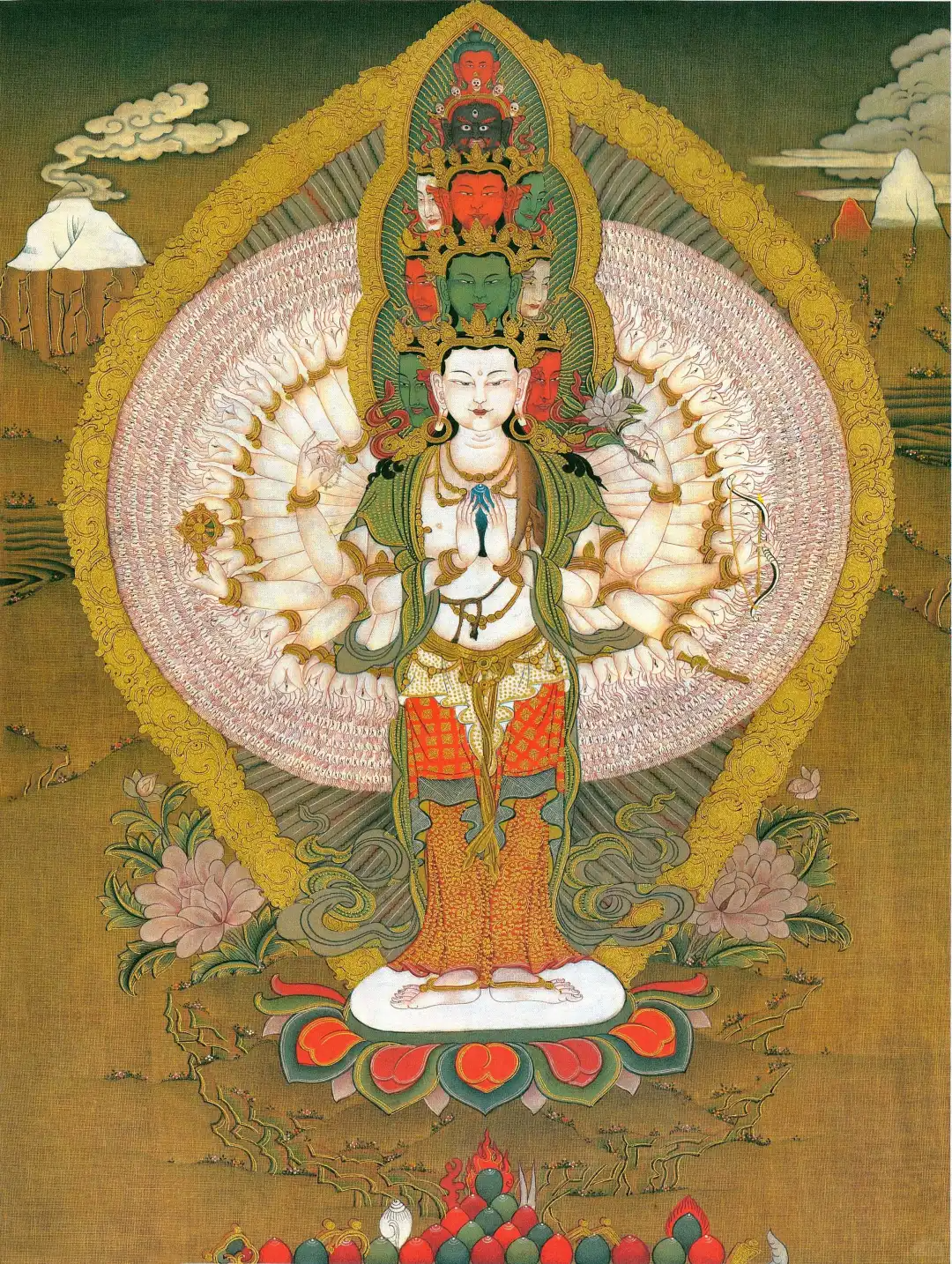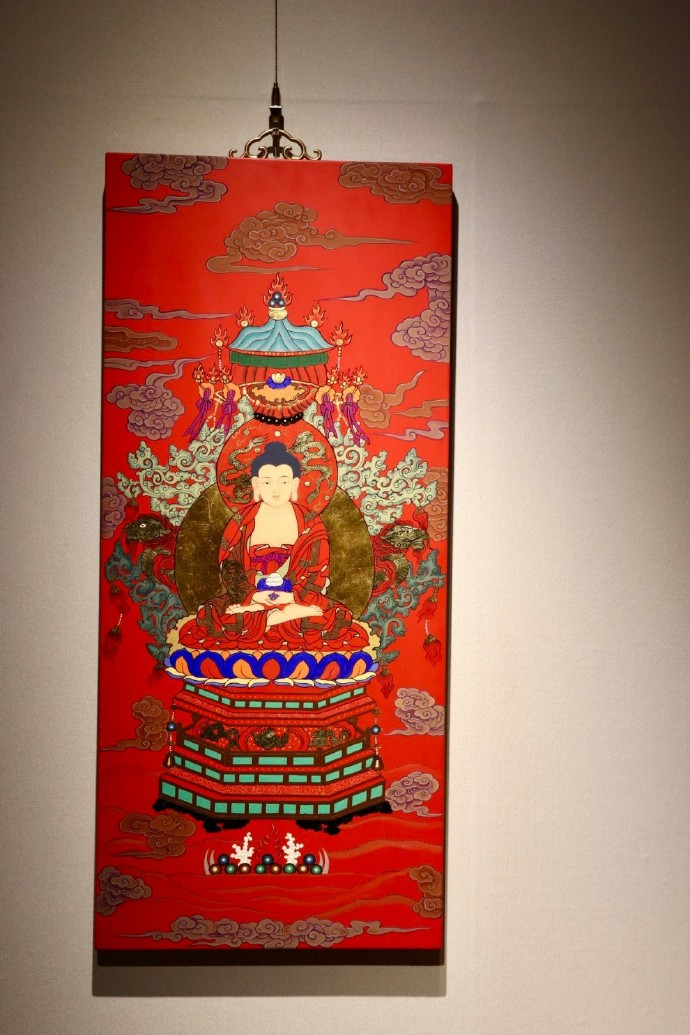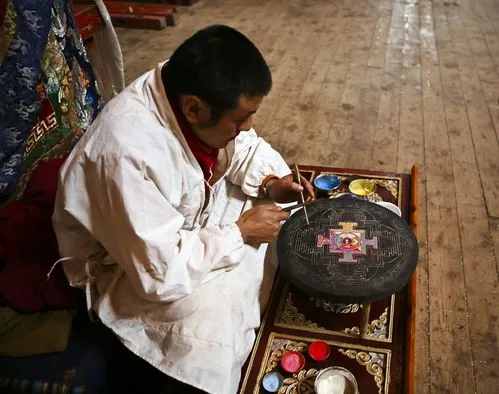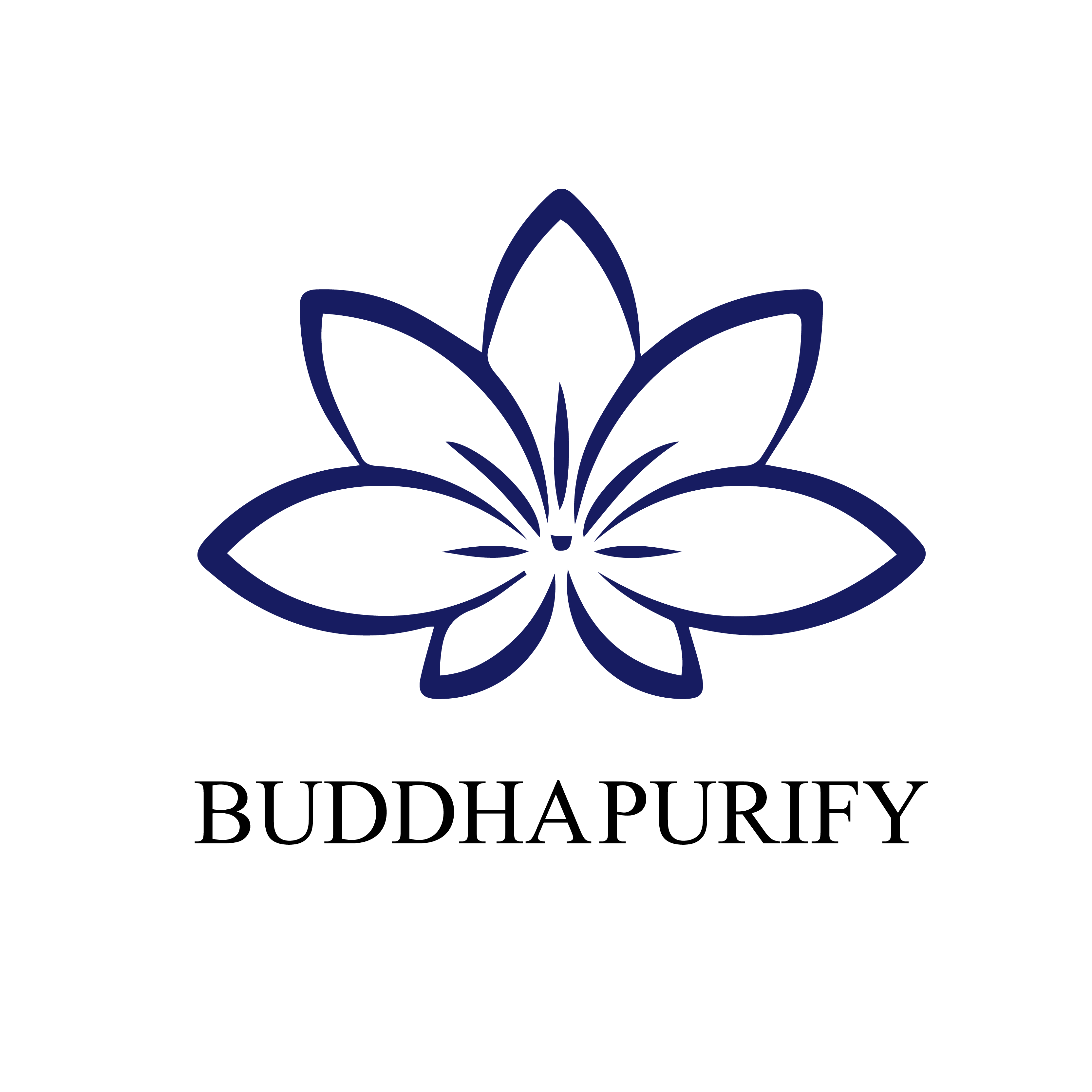Tibetan Thangka
The Origins of Thangka
Thangka was initially influenced by Nepalese art styles. Around the 7th century, when Buddhism was widely introduced to Tibet, there was a surge in temple and monastery construction across the region. The murals and sculptures in these temples were often created by artists from Nepal and China. From this period until the 15th century, works by both Nepalese and Tibetan artists were collectively referred to as the Nepalese School of Art.
The Nepalese School was most prominent between the 11th and 13th centuries. During this time, Tibetan King Songtsen Gampo married Princess Bhrikuti of Nepal, who was accompanied by Nepalese artists when she came to Tibet. These artists integrated Nepalese art styles with local Tibetan art, giving rise to the Nepalese style within Thangka, which became an important artistic tradition in Tibetan culture.
Categories of Thangka
Over the centuries, with historical shifts and religious development, Thangka has become renowned for its vast content and unique ethnic characteristics.
-
By Craftsmanship and Material:
Thangkas are generally divided into two main categories: textile Thangkas and hand-painted Thangkas.- Textile Thangkas (National Thangkas) include several types:
- Embroidered Thangkas: Made with various colored silk threads, these Thangkas are durable and resistant to damage.
- Brocade Thangkas: Made from satin, with patterns woven from colored silk threads to form the required images and scenery.
- Appliqué Thangkas (also known as patchwork or layered Thangkas): Colored silk pieces are cut into shapes (figures, animals, trees, flowers, etc.) and applied to the Thangka’s base.
- Kesi Thangkas: Woven using the “cut silk” technique, with a three-dimensional effect achieved through the intertwining of warp and weft threads.
- Pearl Thangkas: These are rare, luxurious Thangkas made with thousands of pearls and gemstones. An example is the Pearl Thangka of Tara in Tibet’s Changzhu Monastery, which is graceful and highly valuable.
- Painted Thangkas: Traditionally painted on paper, cloth, leather, or sheepskin, then made into scrolls. Over time, painted Thangkas evolved, with some even being printed, giving rise to “printed Thangkas.”
- Hand-painted Thangkas are further classified by their background colors:
- Polychrome Thangkas: Painted with various colors on a white base.
- Gold Thangkas: Feature a gold background.
- Silver Thangkas: Feature a silver background.
- Red Thangkas: Feature a red background.
- Black Thangkas: Feature a black background.
- Textile Thangkas (National Thangkas) include several types:
-
By Size: Thangkas are categorized into large Thangkas, ordinary-sized Thangkas, and small Thangkas.
-
By Content: Thangkas can depict various subjects such as Buddha images, biographies, historical events, myths and legends, doctrinal teachings, astronomy, astrology, and Tibetan medicine.
The Making of Thangka
The creation of traditional Thangka is rigorous and complex, following precise rules based on religious scriptures and instructions from spiritual teachers. Before starting a Thangka, a divination is often performed by a high lama to choose an auspicious day. The artist then purifies themselves, burns incense, prays, and prepares materials while reciting scriptures. The process includes preparing the canvas, sketching, coloring, outlining, gilding, blessing the painting ("opening the eyes"), and finally mounting it.
Thangka paintings are usually brightly colored, and the preparation of pigments is highly specialized. Thangka painters classify pigments into nine categories: earth, stone, water, fire, wood, grass, flowers, bones, and gems.
- Earth pigments include white clay, sodium carbonate, and red clay.
- Stone pigments come from materials like silver ore, brass ore, mica, lapis lazuli, malachite, cinnabar, and ochre.
- Water pigments include yellow lead, indigo, and iron blue.
- Fire pigments include ink, arsenic, and realgar.
- Wood pigments come from redwood, golden wood, birch, and purple root.
- Grass pigments are derived from plants like liquorice, celandine, and amaranth.
- Flower pigments come from flowers such as wild chrysanthemum and primrose.
- Bone pigments include materials like shells, conch, and dragon bones.
- Gemstone pigments include gold, silver, agate, coral, and turquoise.
The pigments are also categorized by color:
- White pigments: Derived from white clay, sodium carbonate, conch, and mica.
- Yellow pigments: From realgar, golden wood, wild chrysanthemum, and birch bark.
- Red pigments: Made from cinnabar and amaranth.
- Blue pigments: From lapis lazuli, indigo, and birch.
- Green pigments: From malachite, copper rust, and peacock stone.
- Black pigments: From soot and coal.
- Purple pigments: Made from red ochre and tortoise shell.
Pigments are further divided into mineral-based and plant-based pigments. Commonly used mineral pigments include white clay, cinnabar (red), lapis lazuli (blue), malachite (green), and realgar (yellow). Plant-based pigments, such as indigo and carmine, are made by extracting colors from flowers, wood, or bark. These pigments not only produce vibrant, long-lasting colors but also carry deep cultural significance.
The Value of Thangka
Thangka art, as a treasure of traditional Tibetan culture, evokes deep emotions and spiritual contemplation. It integrates both local and foreign artistic influences, combining cultural elements from different ethnic groups. Thangka art is a witness to the rich, diverse history and culture of the Tibetan people.
-
Historical Value:
Some Thangkas depict important historical events, such as the life of King Songtsen Gampo. Many works highlight the friendship between Tibet and China, like those illustrating the story of Princess Wencheng’s marriage to the Tibetan king, which are prominently displayed in temples. For example, scenes in Jokhang and the Potala Palace depict the celebrations when Princess Wencheng arrived in Lhasa, welcomed by the Tibetan people in colorful attire. -
Religious Value:
The origin and development of Thangka are closely linked to Tibetan Buddhism. In ancient Tibet, where nomadic life was common, Thangka art served as a portable religious object, fulfilling the spiritual needs of followers who couldn’t regularly visit temples. Its portability led to Thangka being referred to as "movable murals," playing a significant role in Buddhist practices and enhancing religious life for both laypeople and monks. -
Economic Value:
While Thangka has a long history, it only entered the art market relatively recently. In the 1980s, prices for Thangkas were modest, typically a few hundred yuan. However, since the 1990s, interest in Tibetan Buddhist art has surged, and Thangka prices have skyrocketed, sometimes doubling annually. In 2008, a Ming Dynasty Thangka sold for 15.4 million yuan, and in 2014, the "Yongle Red Tara Embroidered Thangka" fetched a record 310 million HKD. Although prices for Thangkas in China are rising, they remain lower than international prices and are still considered niche collectibles.
Appreciating and Authenticating Thangka
As Thangka becomes increasingly popular among art enthusiasts and collectors, questions about authenticity and pricing have emerged.
-
Hand-painted vs. Printed Thangkas:
Traditional Thangkas are created following strict religious guidelines, while printed Thangkas are mass-produced, often lacking the original spiritual and artistic value. Printed Thangkas can be identified by their flat colors, which are especially noticeable in the faces and transitions between colors. The fabric used for printed Thangkas also feels stiffer and more plastic-like compared to hand-painted ones. -
Iconography:
Tibetan Buddhist deities and figures are depicted according to fixed rules, with consistent proportions and facial features. -
Proportions:
Accuracy in proportions is crucial for determining the quality of a Thangka. Mistakes, even small ones, can diminish its artistic and spiritual value. -
Linework:
High-quality linework is key, with even, smooth lines being essential. Poor-quality lines that are wobbly or broken reduce a Thangka's artistic merit. -
Color:
Colors should be evenly applied, and transitions between different shades should appear smooth. -
Price:
The value of a Thangka is determined by factors such as material, size, content, craftsmanship, and the reputation of the artist. While the fame of an artist can affect the price, the skill and religious knowledge conveyed in the work are more significant indicators of its worth.
Finally
Thangka is a unique and treasured form of Tibetan art that bridges the spiritual and artistic worlds. Its historical significance, intricate craftsmanship, and deep religious meaning make it a cherished cultural heritage. Whether appreciated for its beauty, symbolism, or historical value, Thangka continues to inspire and captivate both followers of Tibetan Buddhism and art collectors around the world. Through careful preservation and promotion, this ancient art form will continue to thrive, offering insight into the profound spiritual traditions of Tibet.
At Buddha Purify, we are committed to using Tibetan culture as the foundation to deepen our understanding of spiritual practices and bring them to a broader audience. Our mission is to expand awareness about Tibetan spiritual artifacts and practices, offering insights into how these ancient traditions can enhance modern lives.
We focus on a wide range of products that reflect the profound elements of Tibetan spirituality. Our collection includes Buddhist beads, Buddha pendants, and spiritual jewelry, each designed to assist with meditation, spiritual cleansing, and mindfulness. These items are more than mere accessories—they are integral tools for spiritual growth, helping individuals achieve karma balancing and energy purification.
By emphasizing the Tibetan Zen lifestyle and its connection to holistic wellness, we aim to share the transformative power of these practices. Our meditation accessories and mindfulness products are crafted to support users in their journey towards spiritual enlightenment, promoting a deeper understanding of themselves and their path.
Buddha Purify is not just about offering products; it's about creating a bridge between Tibetan traditions and contemporary spiritual needs. We strive to foster a greater appreciation of Tibetan culture's spiritual depth and cultural richness. Through our efforts, we hope to inspire individuals around the world to embrace a conscious way of living, enriched by the wisdom and practices of Tibetan Buddhism.






